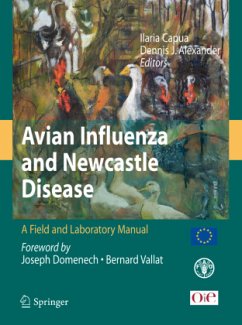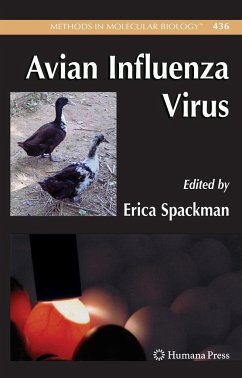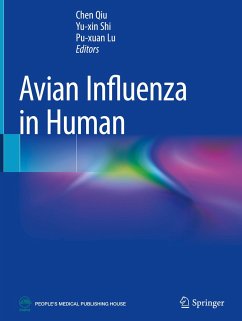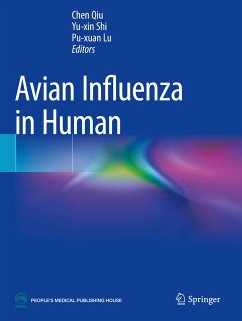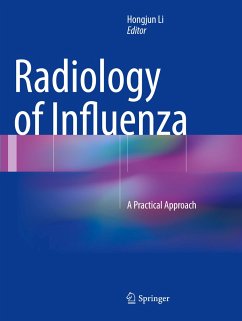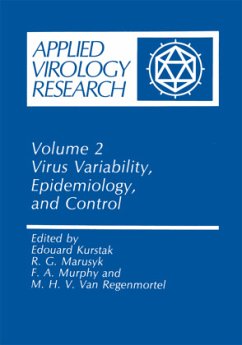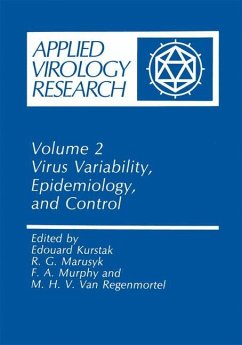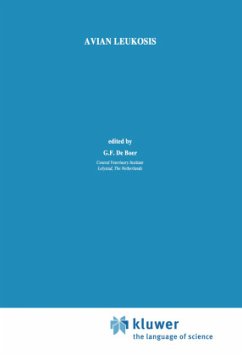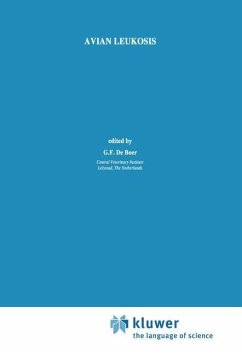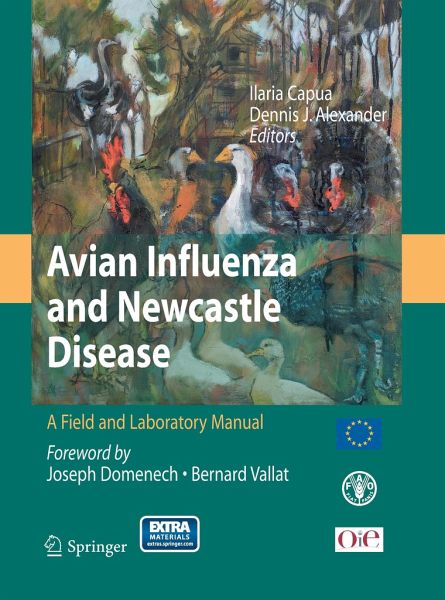
Avian Influenza and Newcastle Disease
A Field and Laboratory Manual
Herausgegeben: Capua, Illaria; Alexander, Dennis J.
Versandkostenfrei!
Versandfertig in 6-10 Tagen
71,99 €
inkl. MwSt.

PAYBACK Punkte
36 °P sammeln!
Avian Influenza (AI) and Newcastle Disease (ND) are two devastating diseases of poultry, which cause losses to the poultry industry and influence the liveability of rural communities worldwide. Following the H5N1 epidemic they appear to be endemic at least in Asia, Eastern Europe, The Middle East and Africa. Particularly in case of AI outbreaks it is essential that infection is diagnosed promptly and that isolates are made available to the international scientific community.Currently, several organisations including OIE, FAO and the EC have organised training courses in affected areas. However...
Avian Influenza (AI) and Newcastle Disease (ND) are two devastating diseases of poultry, which cause losses to the poultry industry and influence the liveability of rural communities worldwide. Following the H5N1 epidemic they appear to be endemic at least in Asia, Eastern Europe, The Middle East and Africa. Particularly in case of AI outbreaks it is essential that infection is diagnosed promptly and that isolates are made available to the international scientific community.
Currently, several organisations including OIE, FAO and the EC have organised training courses in affected areas. However, often these courses do not cover all aspects of AI/ND diagnosis but only certain aspects. This results in fragmented areas of knowledge and in the application of different diagnostic protocols in different parts of the world.
The objective of this book is to provide a comprehensive approach to AI diagnosis ranging from the clinical elements that should trigger a suspicion in thefield, to the post mortem technique, collection of samples, processing/ shipment of specimens, virological, serological and molecular diagnosis and guidelines for notification.
Currently, several organisations including OIE, FAO and the EC have organised training courses in affected areas. However, often these courses do not cover all aspects of AI/ND diagnosis but only certain aspects. This results in fragmented areas of knowledge and in the application of different diagnostic protocols in different parts of the world.
The objective of this book is to provide a comprehensive approach to AI diagnosis ranging from the clinical elements that should trigger a suspicion in thefield, to the post mortem technique, collection of samples, processing/ shipment of specimens, virological, serological and molecular diagnosis and guidelines for notification.



